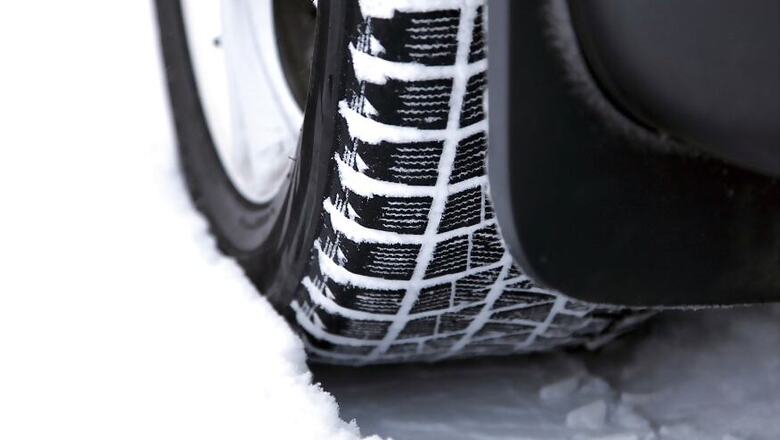
views
As temperatures drop, drivers may want to think about switching to winter tires, which are highly recommended.
News18.com Presents Tech and Auto Awards 2017 | Vote For Your Favourite Smartphone, Car, Two-Wheeler And More!
When the temperature drops below seven degrees Celsius, the adherence of regular tires is reduced, which in turn increases braking distances and the risk of aquaplaning or losing of control of the vehicle. This is the crucial time to change tires. In fact, contrary to popular belief, it is recommended to use winter tires as soon as the temperature drops below the critical 7°C mark, even when it isn't snowing.
Winter tires offer several advantages. First of all, they maintain their elasticity even at lower temperatures, which can improve braking distances by up to 20%. Winter tires also have five times more fine grooves, or "sipes," on the tread surface than traditional tires, boosting adherence to the ground. Finally, they have wider and deeper tread grooves to rapidly evacuate rain, snow and mud.
News18.com Presents Tech and Auto Awards 2017 | Car of The Year: Jeep Compass or Maruti Suzuki Dzire? Vote and Win
Drivers should always be sure to change all four vehicle tires and not just those on the drive wheels. As well as winter tires, drivers should also carry an ice scraper in their car, as well as protective covers for vehicle windows. Other useful cold-weather gear includes a torch, warm clothing and, of course, high-visibility vests and a warning triangle, in case roads are blocked.
Also Watch: Maruti Suzuki's Senior Executive Director, RS Kalsi Asks #PehniKya?



















Comments
0 comment